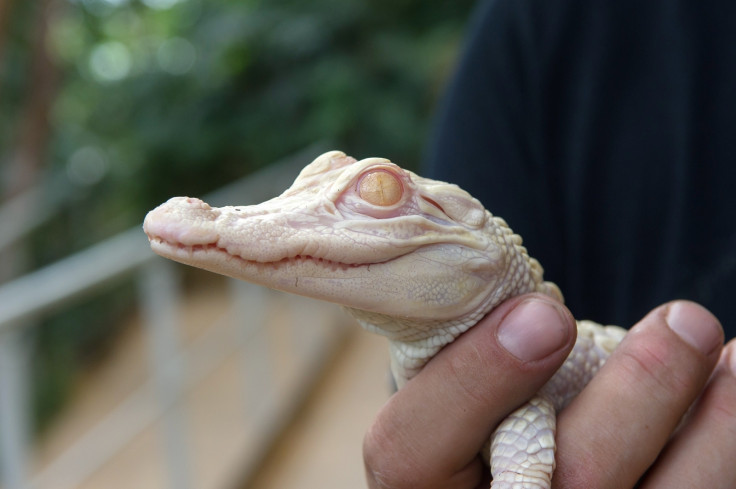International Albinism Awareness Day 2015: What causes the condition affecting one in 20,000?

Today marks the first official International Albinism Awareness Day, observed on 13 June to raise awareness of the rare genetic condition.
Around one in 20,000 people are the world are born with oculocutaneous albinism, caused by a lack of the pigment melanin, which gives hair, skin and eyes their colour.
"Albinism is a rare, non-contagious, genetically inherited difference occurring in both genders regardless of ethnicity, in all countries of the world," said Don Sawatzky, director of Under the Same Sun, an NGO working to combat discrimination against albinism. "Both the father and mother must carry the gene for it to be passed on even if they do not have albinism themselves."
"The condition results in a lack of pigmentation in the hair, skin and eyes, causing vulnerability to sun exposure and bright light. Almost all people with albinism are visually impaired, with the majority classified as legally blind."
Albinism itself does not need to be treated, but the eye and skin problems associated with the condition do.
Why is eyesight affected?
In people with albinism, the cells that produce melanin do not work because of a mutated gene. As well as affecting skin, eye and hair colour, melanin – a loose term for a group of natural pigments found in most organisms – also affects eyesight.
It is involved in the development of the retina – the thin layer of nerve cells that line the inside of the back of the eye. It is also involved in the nerve connections between the retina and the brain, which is why people with albinism have vision problems.

While oculocutaneous albinism is the most common type of albinism, another rarer type called ocular albinism mainly affects the eyes. This more commonly affects males.
What are the symptoms of albinism?
An individual with albinism will often have very light hair, but some may have darker hair depending on the amount of melanin the body produces. As the pigment helps protect the skin from the sun's ultraviolet radiation, the skin of people with albinism tends to burn easily.
Without melanin or with small amounts, an individual is likely to have very pale blue or grey eyes. The condition can cause short-sightedness, long-sightedness, sight loss that cannot be corrected, astigmatism and photophobia, where the eyes are very sensitive to light.
In some people, albinism can cause nystagmus, where the eyes move uncontrollably resulting in reduced vision.
How is albinism inherited?
The majority of cases of albinism are passed on in an autosomal recessive inheritance pattern, which means you need to inherit two copies of the faulty gene – one from the mother and one from the father – to have the condition.
Carriers of the gene have a normal amount of melanin and are not affected by albinism. According to the NHS, there is a one in four chance that the child of parents who both carry the gene will have albinism.
Some types of ocular albinism are caused by a mutation on the X chromosome, known as X-linked inheritance pattern.
© Copyright IBTimes 2025. All rights reserved.





















